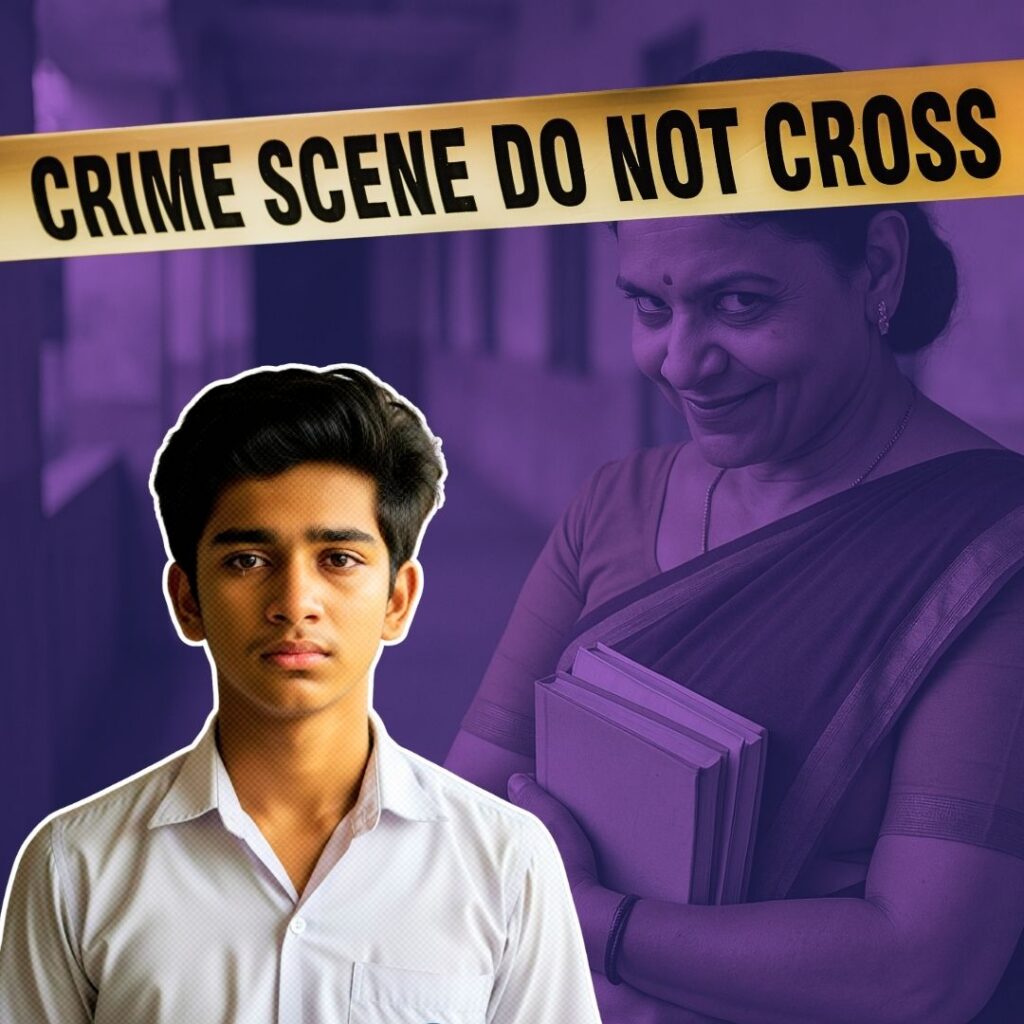The trailer of Alankrita Shrivastava’s new movie, “Lipstick Under My Burkha” was a promising one. The whimsical title of the movie itself and a good set of actors caught the attention of many who were eagerly expecting to watch it in the theatres.
However, the inevitable, as with other ‘progressive’ movies has happened. The Central Board of Film Certification (CBFC) has yet again played its coup de grace, clamping down on the freedom of expression by denying certification for its release.
Producer Prakash Jha and director Alankrita were told by the CBFC that they cannot certify the film because: “The story is lady oriented, their fantasy above life. There are contentious sexual scenes, abusive words, audio pornography and a bit sensitive touch about one particular section of society, hence film refused under guidelines 1(a), 2(vii), 2(ix), 2(x), 2(xi), 2(xii) and 3(i).”

The board headed by Chairman Pahlaj Nihalani, who had his share of controversy during the release of Abhishek Chaubey’s “Udta Punjab”, has decided not to budge from his decision.
“Lipstick Under My Burkha” revolves around the lives of four women of different ages who explore their freedom amidst all the restraints imposed upon them. The central characters have been played by critically-acclaimed actors like Ratna Pathak Shah, Konkona Sen Sharma, Aahana Kumra and Plait Borthakur. The story deals with how these women break the societal decree and stereotypes by daring to feel the way they want to feel — to fall in love, to have sexual escapades, to experiment.
The film has already bagged awards, including the Oxfam Award at the Mumbai Film Festival for ‘Best Film on Gender Equality’ and the Spirit of Asia Prize at the Tokyo International Film Festival. The director is shocked at how an Indian film is being showcased at various international film festivals but not being given the green signal at home by the censor board. CBFC’s verdict has also drawn flak from many in the industry who have spoken in support of its release.
Where does the real problem lie?
A movie like “Lipstick Under My Burkha” is the manifestation of freedom of women, doing things according to their choice. The bigger dilemma lies in the way Bollywood has always been portraying its women characters, from the perspectives of the male. Wild male fantasies have never faced any objections and enjoyed unrestricted prudence in movies like “Mastizaade” or “Kya Kool Hai Hum”, which can be easily be considered as soft porn. Such bold desires have barely been portrayed by a woman in Bollywood. No matter what happens, women have been shown to recoil, ashamed of the desires that cross their minds.
In particular, this movie deals with the “sensitive section” of the society – implying Muslims. In Islam, there is a large section of women who wear Burkhas and Hijabs and consider it sinful to express desires. As expected, the clerics of the religion have also sought to ban the movie. The All India Muslim Tehwar Committee disclosed plans to take legal action against the movie. It is the perhaps the way Muslims have framed themselves around the world where women rarely liberate themselves from the clutches of “restrictions” and “purdahs”.
What could the CBFC have done?
Instead of censoring the movie, the CBFC could have certified the film for a certain age group. The censor board is vested with certain authorities that are ambiguous by nature. The rules of film certification and censorship are governed by the Cinematograph Act and the guidelines under Section 5B of it. CBFC has courted many controversies in the recent years, and that’s why a committee was formed headed by noted director Shyam Benegal for reforming the censorship mechanism in India. One of the recommendations of the committee was to do away with censorship instead of film certification. However, such recommendations have not seen much impact on the board.
Mr Pahlaj Nihalani has always, at regular intervals, given out cringy, ridiculous statements against creative freedom. He had opposed “Udta Punjab” for having too much swearing, whereas movies like “Delhi Belly” or “Omkara” released a few years ago have seen many such instances of rough language.
Nihalani probably also has an issue with “lady oriented” movies. In many of the recent movies, we have seen women being objectified and desired for, with dialogues filled with sexual innuendos. Such movies have seen the light of the day without any hassle. Whereas, in the case of this particular movie, since the equation changes, where women are the ones desiring such things, it courts controversy.
What we need is a chairperson who will view the movies objectively and from an art and intellectual standpoint. The Indian cinema has still a long distance to go, to portray the ideal liberated woman of the society. Before lifting the restrictions from our movies we have to first lift the restrictions from our minds.
Also Read: Opinion: Censor Board And Its Irrelevance…











